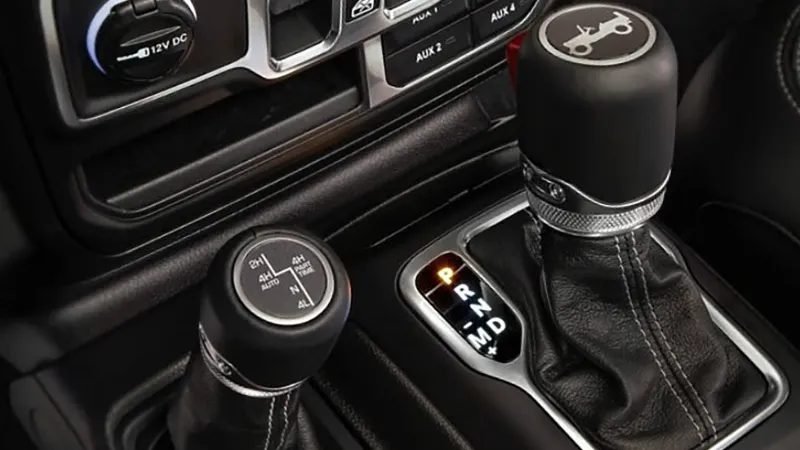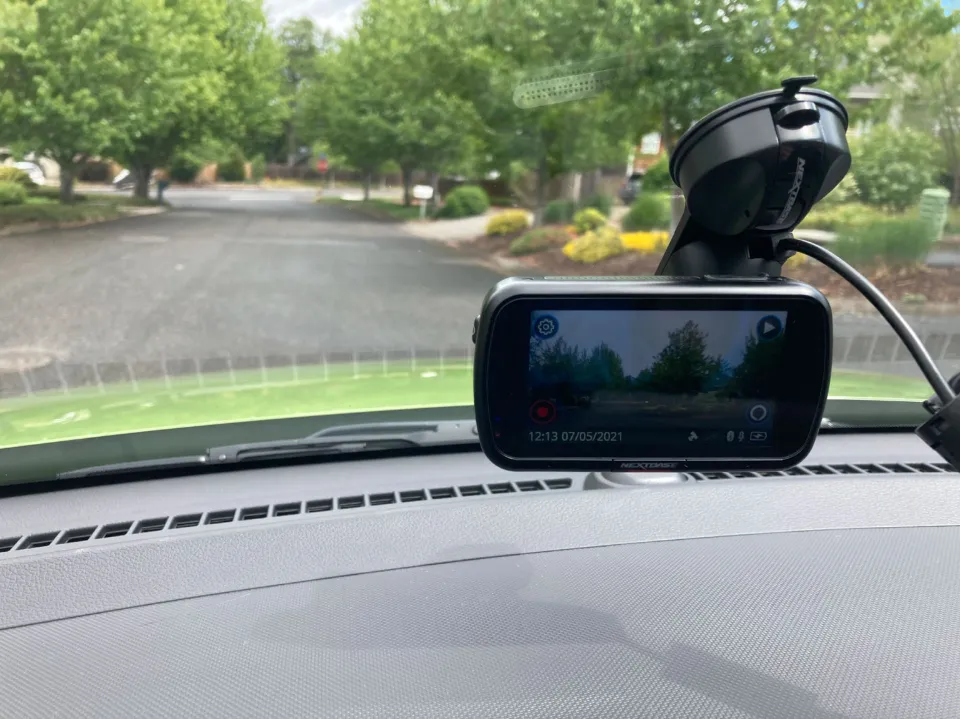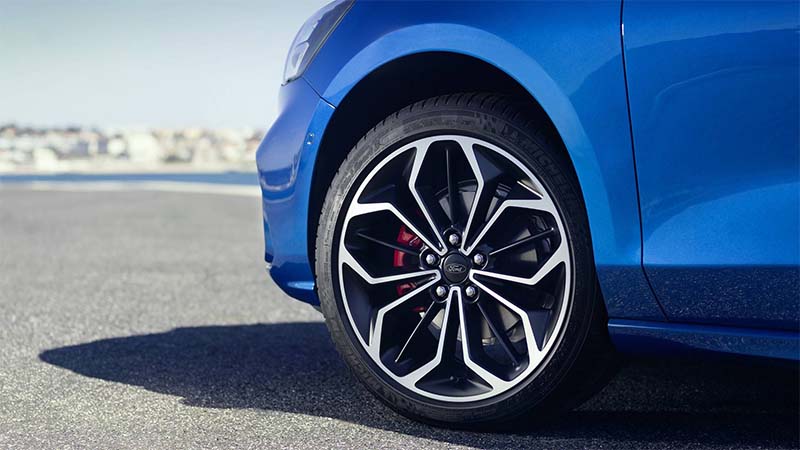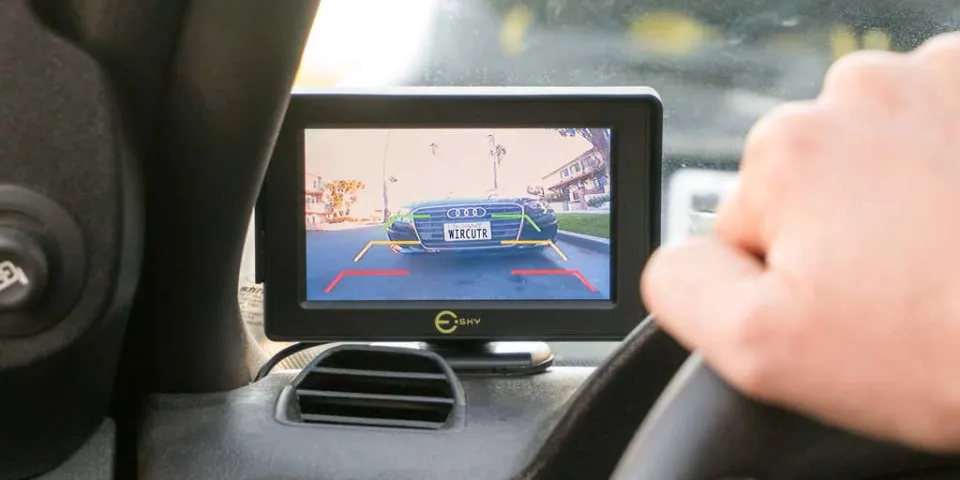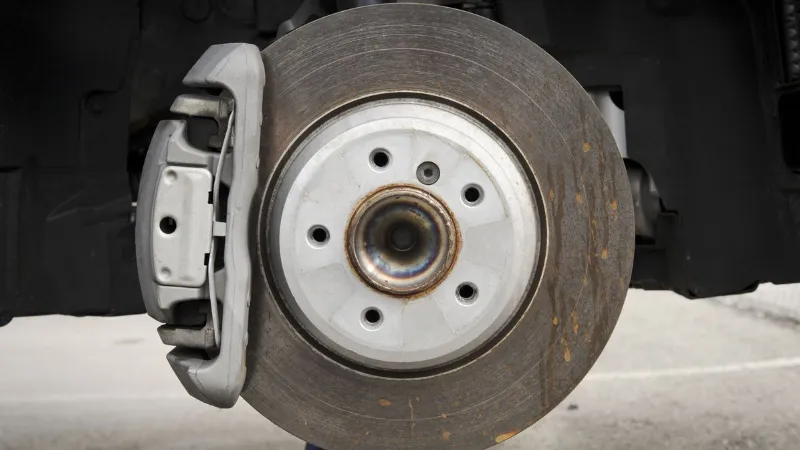This article will demonstrate how to use the transfer case shifter lever on your Jeep to quickly and easily switch into 4-wheel drive high and low.
So, how to put a jeep in 4 wheel drive? Put Your Jeep in 4-Wheel Drive High, Put Your Jeep in 4-Wheel Drive Low, and Go Back to 2-Wheel Drive.
To put your Jeep in four-wheel drive, keep reading!
What Are Jeep Four-Wheel-Drive Modes?
First, it’s crucial to understand that different vehicles, including Jeeps, have different four-wheel-drive systems. The best way to figure out which type you have is to ask dealership staff when you’re shopping for your Jeep or to look in the owner’s guide.
A four-wheel-drive system with multiple gears is frequently installed in Jeep Wranglers. You’ll see these listed on your drivetrain’s dashboard switch as:
- 2 Hi or 2H.
- 4 Hi or 4H.
- 4 Lo or 4L.
Since it is designed for dry roads, the 2 Hi or 2H mode should be set as the default for your Jeep.
Switching to 4 Hi or 4H engages all four of your Jeep’s wheels to give you a boost in traction. For speeds up to normal or higher, this mode is intended.
If you’re rock-crawling or traversing rougher roads at lower speeds, engage 4 Lo or 4L mode. The most traction is provided by this mode, but it struggles at higher speeds. You can control your Jeep’s brakes more effectively and produce more low-end torque in this mode.
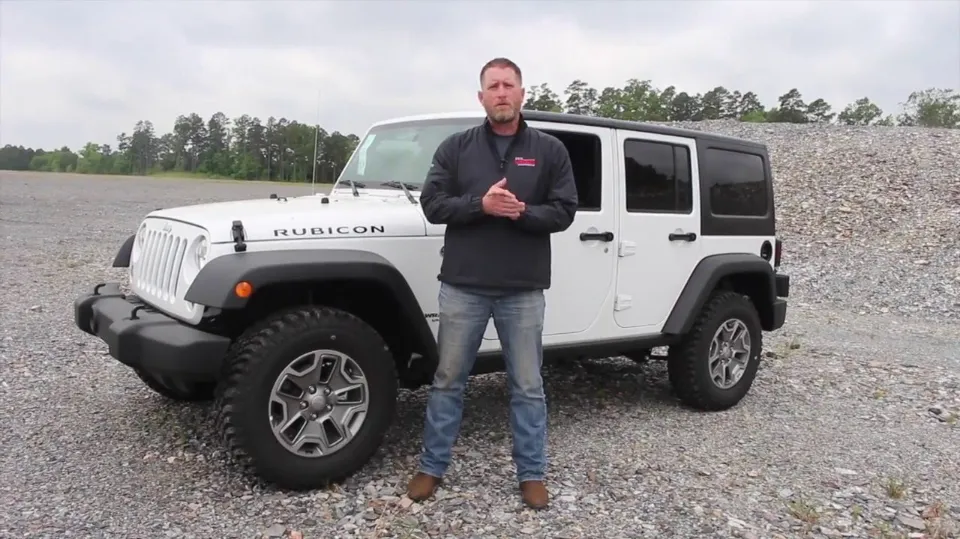
How to Put a Jeep in 4 Wheel Drive?
Here are the specifics:
Put Your Jeep in 4-Wheel Drive High
To the left of the gear shift on your Jeep is where you’ll find the transfer case shifter lever. The transfer case shifter lever on your Jeep allows you to switch from 2-wheel drive to 4-wheel drive. This is the lever that activates park, drive, and reverse on your vehicle. It is located next to the driver’s seat and to the left of your gear shift. You’ll know you’re looking at the transfer case shifter lever because it’ll have “2H,” “4H,” “N,” and “4L” written on the top of the lever.
- Most vehicles have two wheels, which is ideal for daily commuting on pavement. Your car can only move when it has a 2-wheel drive, which powers only 2 wheels. This gives you more than enough power to turn your other two wheels.
- 4-wheel drive high is great to use when roads are rainy, icy, or rocky. You have better traction and control when all four tires on your car are receiving power.
- Only use 4-wheel drive high on slick, wet surfaces if you have a Jeep with part-time 4-wheel drive. Your car might get too hot if you use it on dry ground.
Put the car in park before you start it. To put your Jeep into 4-wheel drive high, your car needs to be on. Start your car’s engine by simply turning the key in the ignition while it is in park.
- Alternately, keep your car’s speed below 40 mph (64 kph). Jeeps have the great feature of allowing you to drive in 4-wheel drive while maintaining 2WD. This is helpful when it’s raining or snowing and the roads are slick.
Pull the transfer case shifter lever to “4H” and drive. Whether in park or cruising under 40 mph (64 kph), simply pull the transfer case shifter lever down to “4H.” A “4WD” signal on your dashboard should light up, confirming that your Jeep is now in 4-wheel drive high.
- Before shifting to “4H” while driving, take your foot off the gas. It switches to 4-wheel drive more quickly when you don’t accelerate while you’re shifting.
- If your Jeep has a manual transition, press on the clutch pedal as you shift from “2H” to “4H.”

Put Your Jeep in 4-Wheel Drive Low
Start the engine of your vehicle and travel between 2 and 3 mph (3-5 kph). Your car cannot be in park or traveling at a high speed when shifting into 4-wheel drive low. Instead, it needs to be rolling slowly so the shifter gears can mesh together. Simply start the Jeep’s engine and travel between 2 and 3 mph (3-5 kph) to accomplish this.
- 4-wheel drive low is only used when you’re going slow but need more torque, or pulling power. When towing a trailer, you might have to drive through mud or climb over rocks. Going into 4-wheel drive low gives you the power, traction, and control to carefully maneuver the terrain.
Your Jeep should be in neutral. Turn off the gas when you’ve reached a slow roll. Next, change your car’s gears from drive to neutral. This helps you maintain the slow speed and prevents you from accidentally going faster..
Pull the transfer case shifter lever all the way down to “4L.” Quickly pull the shifter lever from “2H,” “4H,” “N,” and down to “4L.” When you successfully switch to 4-wheel drive low, a warning that the electronic stability control is off will appear on your dashboard. When you are in 4-wheel drive low, this automatically switches off to give you the control you need to drive off-road.
- Pull the lever while depressing the clutch pedal on Jeeps with manual transmissions.
- If your shifter lever sticks or resists going to “4L,” just put your car into drive and give it a little more gas. Put it back in neutral after that, and pull the lever downward.
- Do not drive faster than 25 mph (40 kph) when in 4-wheel drive low. Only low speeds should be used in this mode.
Go Back to 2-Wheel Drive
Drive your Jeep between 2 to 3 mph (3-5 kph) while it’s in “4L.” Your car needs to be rolling at a low speed when you shift out of 4-wheel drive low, just like when you shift into it. Just apply the brakes to reduce your speed to between 2 and 3 mph (3-5 kph) if you were driving.
- If you’re starting from 4-wheel drive high instead of low, just push the shifter level up to “2H” while driving under 40 mph (64 kph). Alternately, put your car in park and then raise the lever.
Put your car in neutral and push the shifter lever up to “4H.” Quickly shift into neutral as soon as you reach a low speed. Then, push up on the transfer case shifter lever to shift from “4L,” back to “N,” and finally to “4H.”
Push the lever back to “2H” while your car is still in neutral. To get back to 2-wheel drive from 4-wheel drive high, just push the transfer case shifter all the way up. The “4WD” light on your dashboard should turn off, showing you that your car successfully returned to 2-wheel drive.
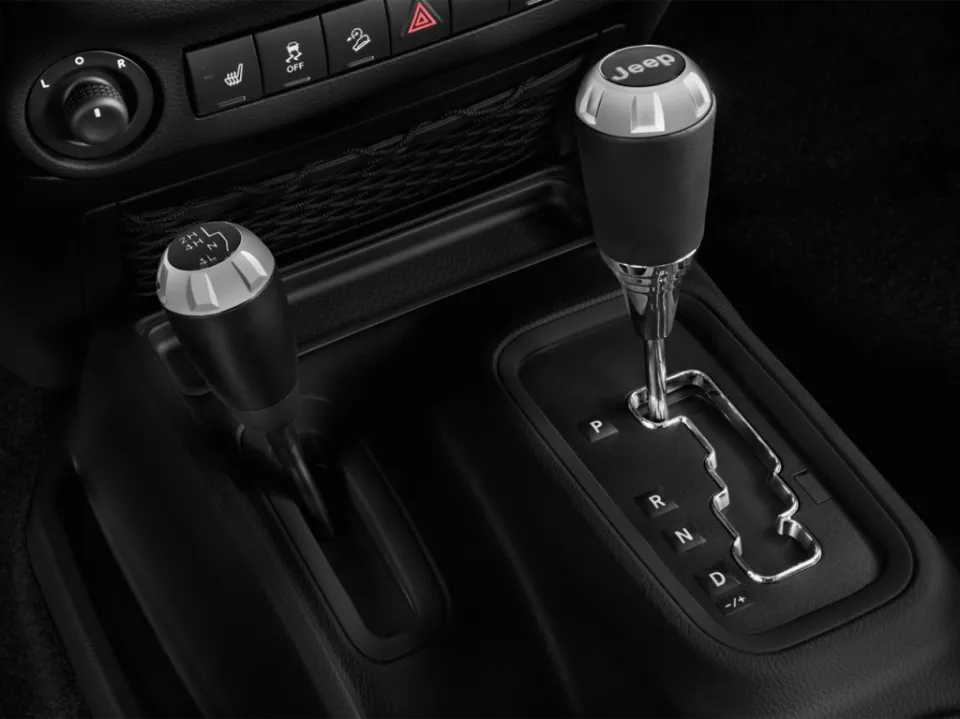
What Are the Terrain Settings on My Jeep?
The terrain settings on the Jeep Renegade and Jeep Compass lock the 4 wheel drive for more stability and traction. Snow, sand, mud, and rock are the terrain options. Each setting activates additional safety features so you can make the most of your Jeep.
- Snow
Equal amounts of torque are distributed to the front and back wheels when the snow setting is selected. It also instructs your Jeep to shift into second gear rather than first when you shift into drive, unless you are in low-range 4WD, which reduces wheel spin. On slick roads, the snow setting will improve traction.
- Sand
More wheelspin is permitted and your Jeep’s shift points are raised in the sand setting. Off-road driving and slippery surfaces benefit most from this setting.
- Mud
The older Jeeps’ terrain selections used to include a single option for mud and sand. The mud setting is similar to sand in that it allows more wheelspin to maximize traction. Driving in mud or soggy grass is best.
- Rock
The rock setting is only available on the Jeep Renegade and Jeep Compass Trailhawk models and is for use on high traction offroad surfaces. The “rock” setting can only be used when your Jeep is operating in low-range 4WD. Low-speed obstacles like big rocks, wide ruts, etc. belong in this environment.
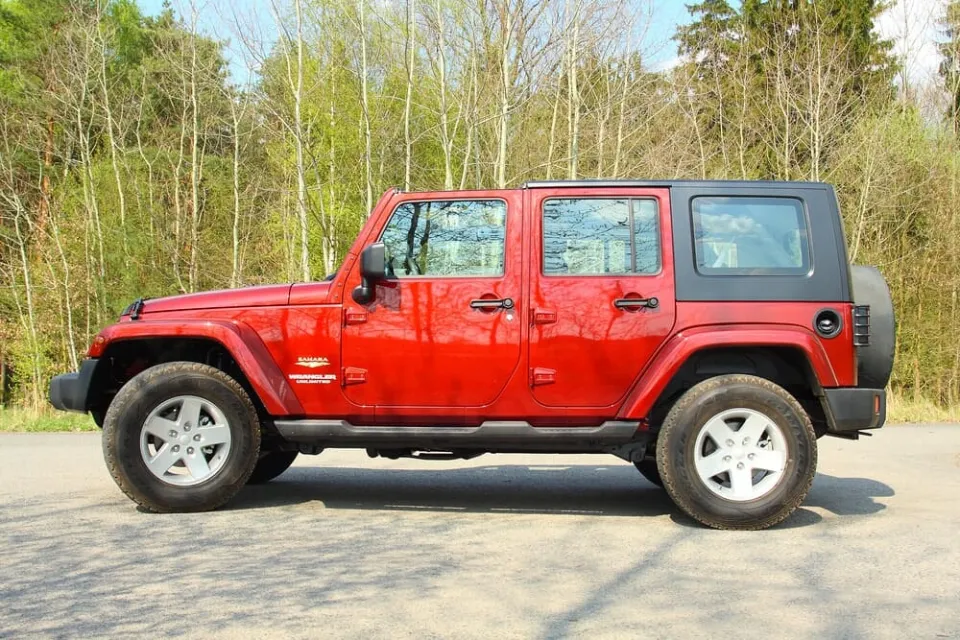
Pros and Cons of 4 Wheel Drive
Despite serving the purpose for which they were intended, 4-wheel drive systems are not without faults. You can switch on the 4-wheel drive whenever necessary after weighing your options and deciding whether it is worthwhile.
PROS
Because torque is distributed equally to all wheels, the 4-wheel drive provides stability when driving. Additionally, it lessens the strain on each tire, ensuring the stability of the corners.
Because it produces the most traction to prevent wheel slippage, it is more resilient in adverse weather conditions like snow, rain, or ice. Since 4-wheel drive distributes power to all four wheels, the front and back wheels help one another.
Despite having powerful engines, 4-wheel drive cars do not rotate when they are accelerating or starting up because their tires have nearly twice as much traction as 2-wheel drive cars. Acceleration and initiation are greatly improved.
CONS
- 4-wheel drive vehicles cost more than all-wheel drive.
- The drivetrain is advanced. Hence, maintenance costs are high.
- Due to their weight, they use more fuel.
- Weight lengthens the braking distance necessary to come to a complete stop, but it also improves balance and grip. Lighter cars have a better chance of avoiding crashes.
When Should I Use Four-Wheel Drive?
Your four-wheel-drive system doesn’t have to be on all of the time. By carrying out this action, you decrease your Jeep’s efficiency and make it work harder than it needs to, which can hasten the effects of wear and tear over time.
Instead, you ought to only engage your Jeep’s four-wheel drive when necessary. Those scenarios include any in which you could profit from gaining more traction on the road, such as on snowy, icy, or rainy roads or unpaved paths. Go all the way to 4 Lo or 4L mode if the road is made of extremely loose material, like mud or loose rocks.
Before you engage your four-wheel-drive system’s modes, you should first observe the road conditions to decide if extra traction is necessary. Look for bad weather and more challenging road conditions, as we mentioned above.
Things You Should Know
- Locate the transfer case shifter lever on your Jeep to the left of the gear shift. The lever is labeled with “2H,” “4H,” “N,” and “4L.”
- Put your Jeep in park or travel under 40 mph (64 kph) to engage 4-wheel drive high. Then, pull the transfer case shifter lever from “2H” down to “4H.”
- Drive between 2 and 3 mph (3-5 kph) to engage low-range 4-wheel drive in your vehicle. Put your car into neutral then pull the shifter lever down to “4L.”
- Put your Jeep back in 2-wheel drive by driving around 2 to 3 mph (3-5 kph) and pushing the shifter lever all the way up to “2H.”
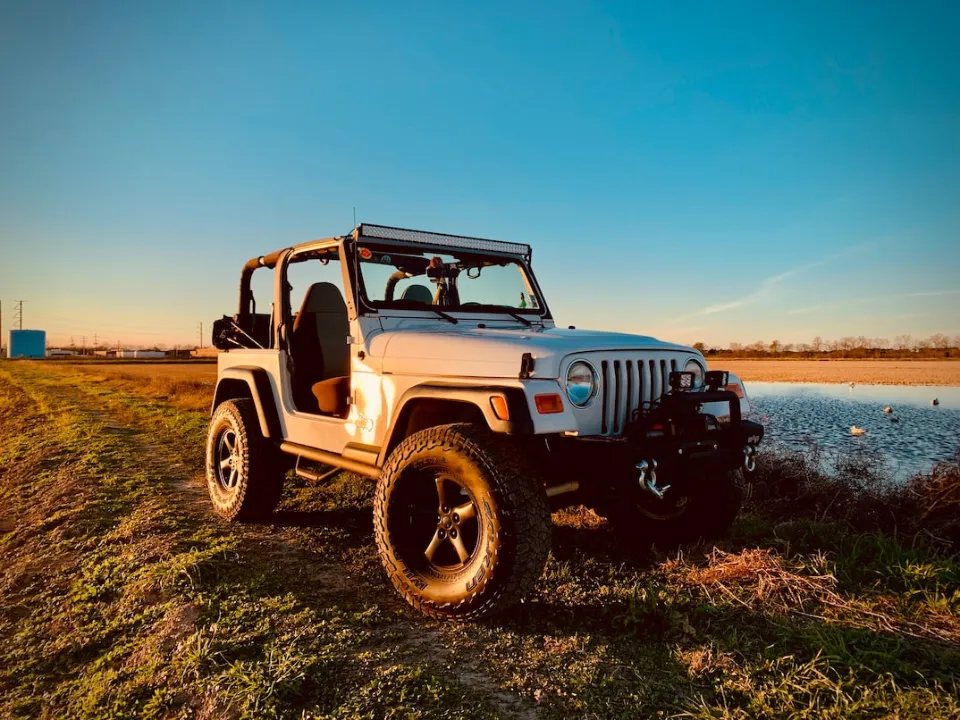
Frequently Asked Questions
How to Put a Jeep Wrangler in 4 Wheel Drive?
While driving, keep your speed between 7 and 30 mph, put the car in neutral, and switch the 4-wheel drive selector from 2H to 4H. In order to continue driving, set the gear selector to Drive. Park the car and put it in Neutral to switch to low range. Return the gear selector to Drive while moving the 4-wheel drive selector to 4H. Don’t exceed 10 mph.
How to Put a Jeep Rubicon in 4 Wheel Drive?
Put the car in Neutral, move the 4-wheel drive selector from 2H to 4H, and then switch back to Drive to engage the Jeep Rubicon’s 4-wheel drive high range while maintaining a speed between 7 and 30 mph. Alternately, park the vehicle and select neutral. Change the gear selector back to Drive while switching the 4-wheel drive selector from 2H to 4H.
How to Put a Jeep Compass in 4 Wheel Drive?
Automatic 4-wheel drive is a feature of the Jeep Compass that engages when necessary. If you are driving in snow or mud, sensors will detect the change in wheel speed and engage the 4-wheel drive to generate traction. The Jeep Compass comes with a front-wheel drive (2WD) drivetrain as standard equipment; a full-time, 4-wheel-drive system is an option. On a Jeep Compass, the 4-wheel drive cannot be manually engaged.
How Can I Tell If My Jeep is in 4 Wheel Drive?
The 4-wheel drive light next to the 4H or 4L on the dashboard will be illuminated if 4-wheel drive is active. Additionally, make sure the 4WD selector is set to 4WD. Even if the light blinks, it’s probably not working if you have 4-wheel drive engaged but still can’t get enough traction to move through the terrain. A sensor might detect abnormalities in the signal sent by the wire as a failure as a result of voltage and current flow deterioration. If that occurs, the 4WD actuator won’t function properly, and 4WD won’t engage.
Is 4 Wheel Drive Important in a Jeep Wrangler?
Jeep Wranglers’ four-wheel drive system is crucial because it enables you to traverse any terrain, including sand, mud, and rocks. For those who lead active lifestyles and enjoy being outside. A Jeep Wrangler is the vehicle for you if you enjoy exploring the outdoors and long drives.
Do I Need to Adjust Tire Pressures When Using 4 Wheel Drive?
To prevent pressure buildup on the tire while off-roading in your 4-wheel drive vehicle, you must adjust the tire pressures. Under normal driving conditions, your tire pressure is between 30-35psi. For rocky terrain, your tires should be inflated to a pressure of 14–18 psi. Prior to starting a trip when using 4WD, make sure the tires are inflated properly. The incorrect tire pressure can result in excessive tire wear, poor handling, and even blowouts due to increased heat and pressure.
Summary: How to Put a Jeep in 4 Wheel Drive?
You should slow down if you decide it’s time to switch on your four-wheel drive. Jeep Wranglers can switch to 4 Hi or 4L mode while traveling under 30 mph. Higher-speed switching can put your Jeep under unneeded stress and possibly harm its parts. Bring your Jeep to a complete stop before switching to create the least amount of stress on the drivetrain.
When stopped, shift your Jeep in neutral — “N” on your shifter — while maintaining pressure on the brakes. Once you’ve selected your preferred mode, use the four-wheel-drive shift selector. After you’ve done this, shift your Wrangler back into drive mode — “D” on your shifter — and drive on. Repeat this process if you want to continue onto 4 Lo mode.
Never put your Jeep in 4 Lo or 4L while it is in motion. Activate 4 Lo mode after coming to a complete stop. If you find that the road conditions are getting better to the point where you can confidently drive over 25 mph, be sure to stop and switch your Jeep back to either 4 Hi or 2 Hi mode, as 4 Lo is not intended to handle higher speeds.
You can rely on the 4-wheel drive setup to ease a difficult situation a little for your Jeep as long as the terrain just needs some extra power to push through it.
If you don’t know how to put a Jeep in 4-wheel drive (Part-time 4WD), you may find it challenging to navigate off-road. The car is less likely to slide in the snow or on an incline when it is in 4-wheel drive. With this guide, you can now switch your Jeep’s drivetrain with ease.
If you have any questions, please leave a comment. KV Auto tries to give you the best car industry information. Thank you for reading.
Read about

